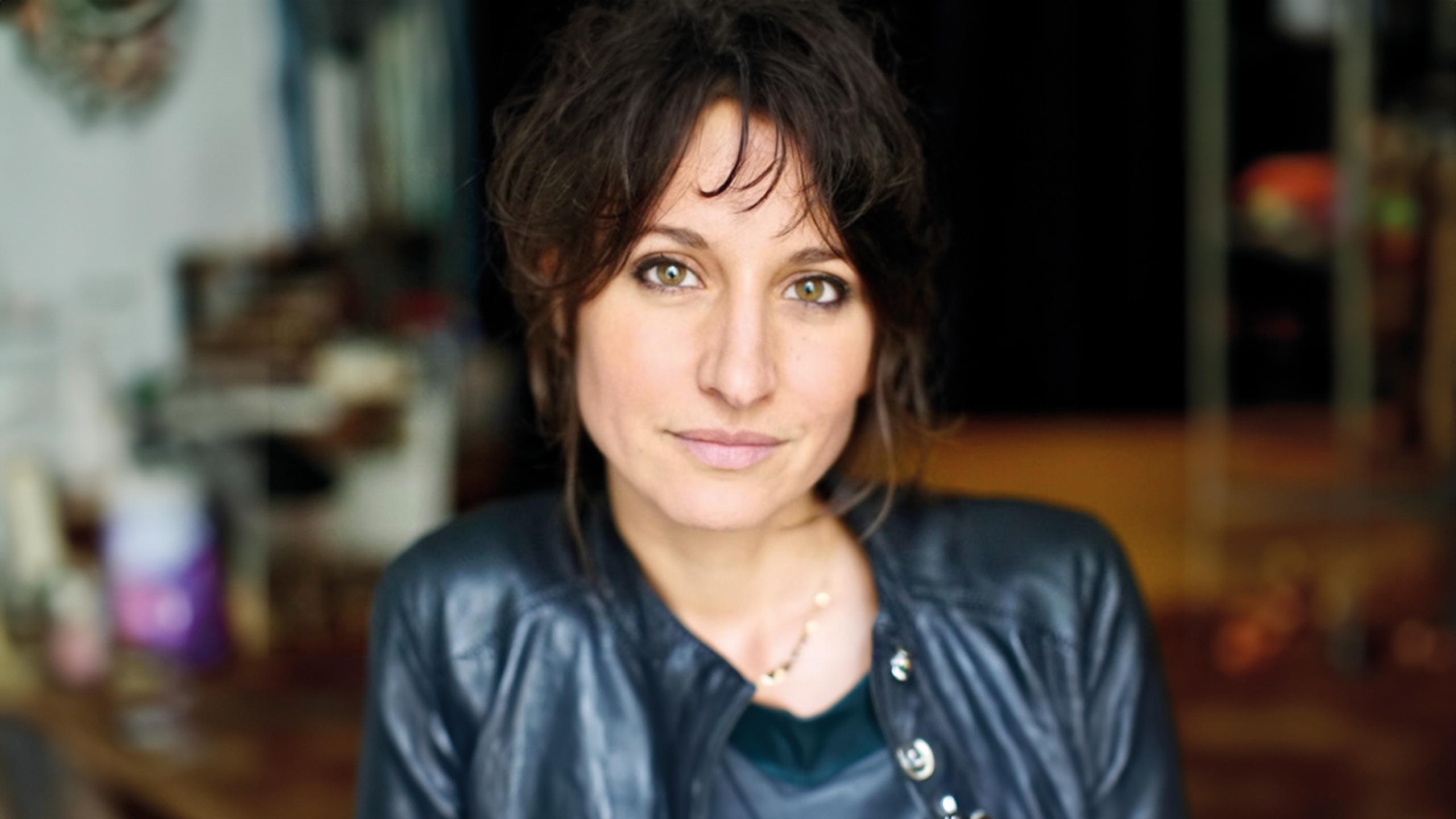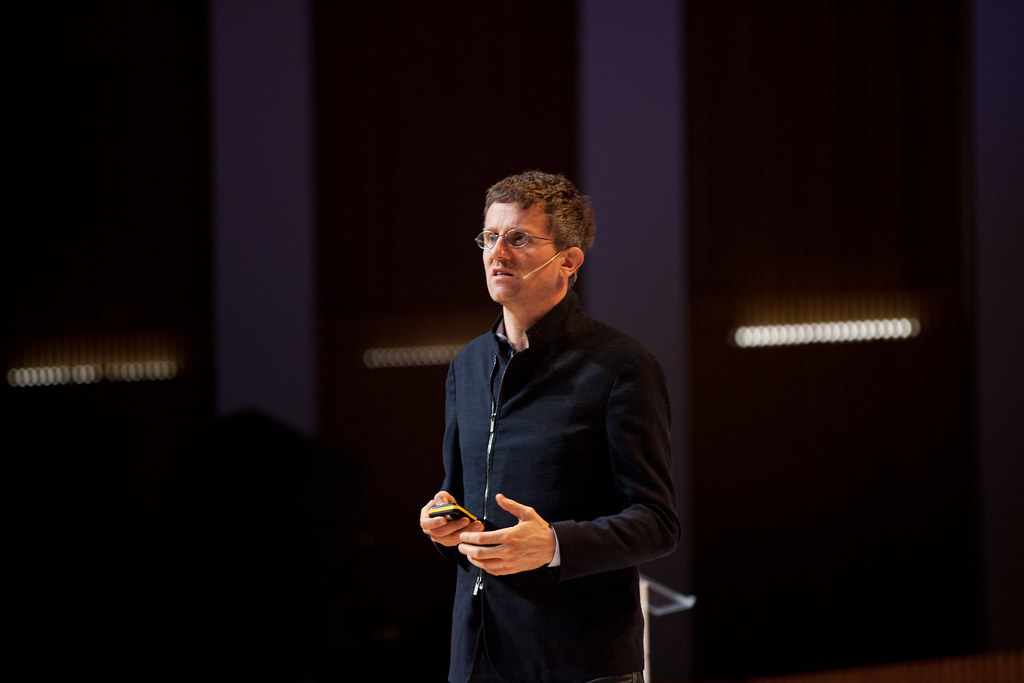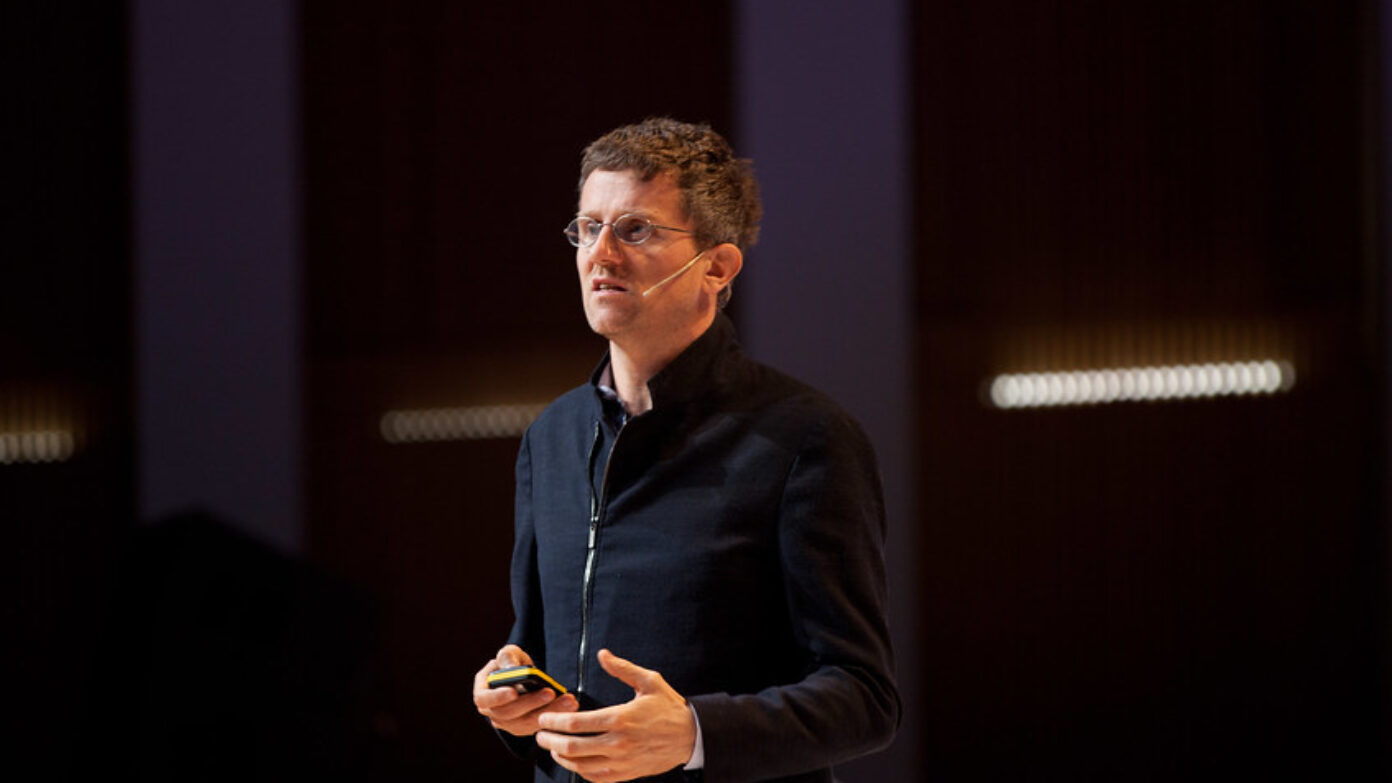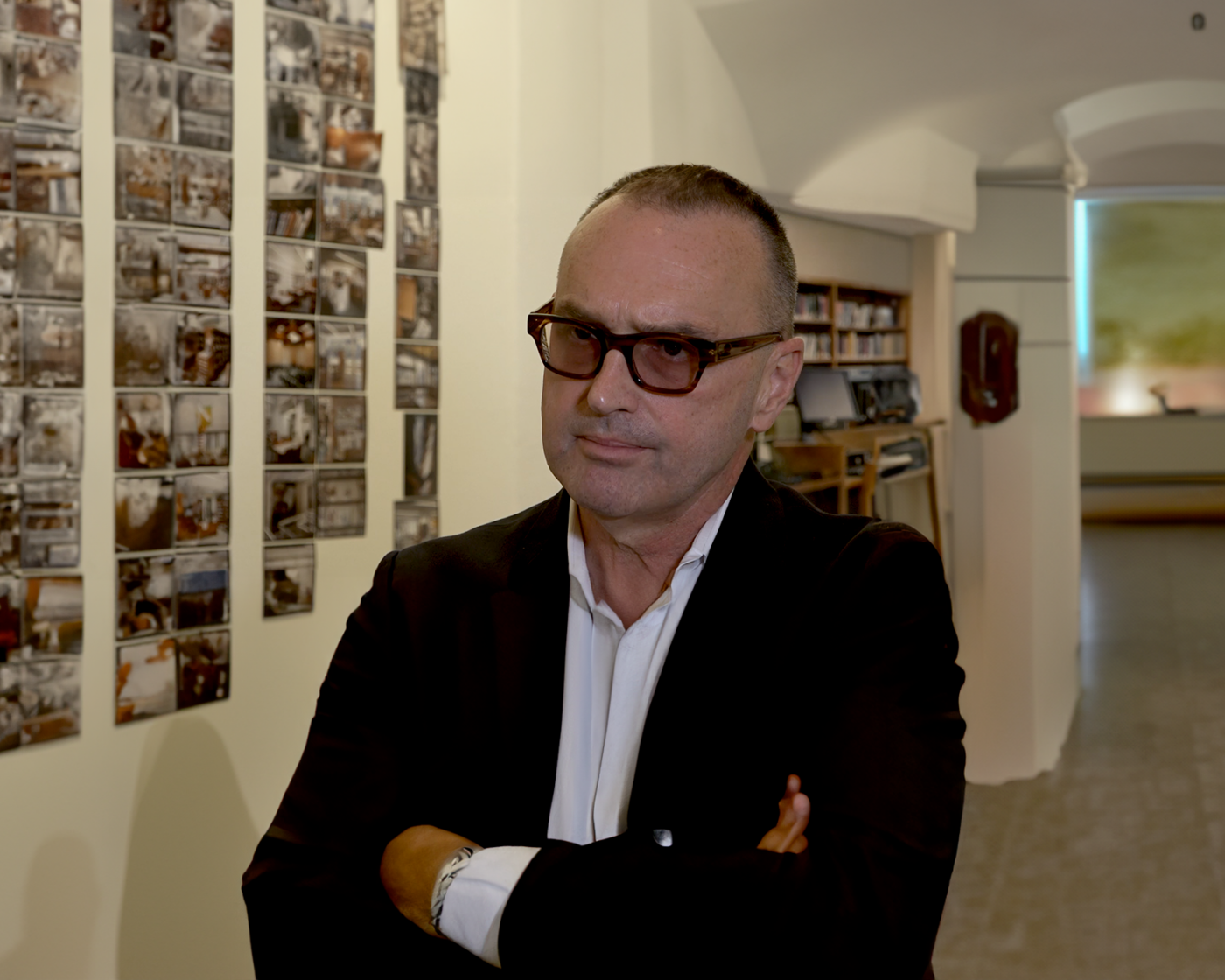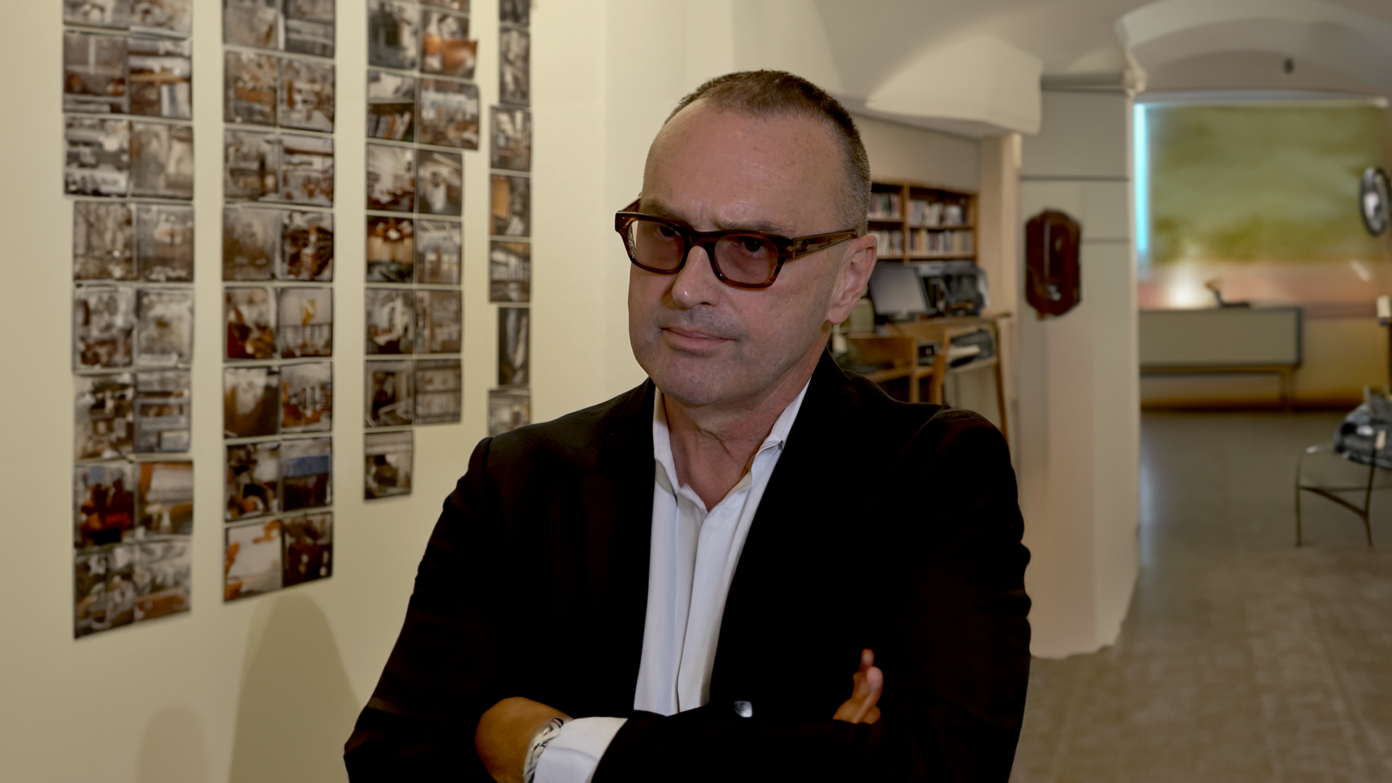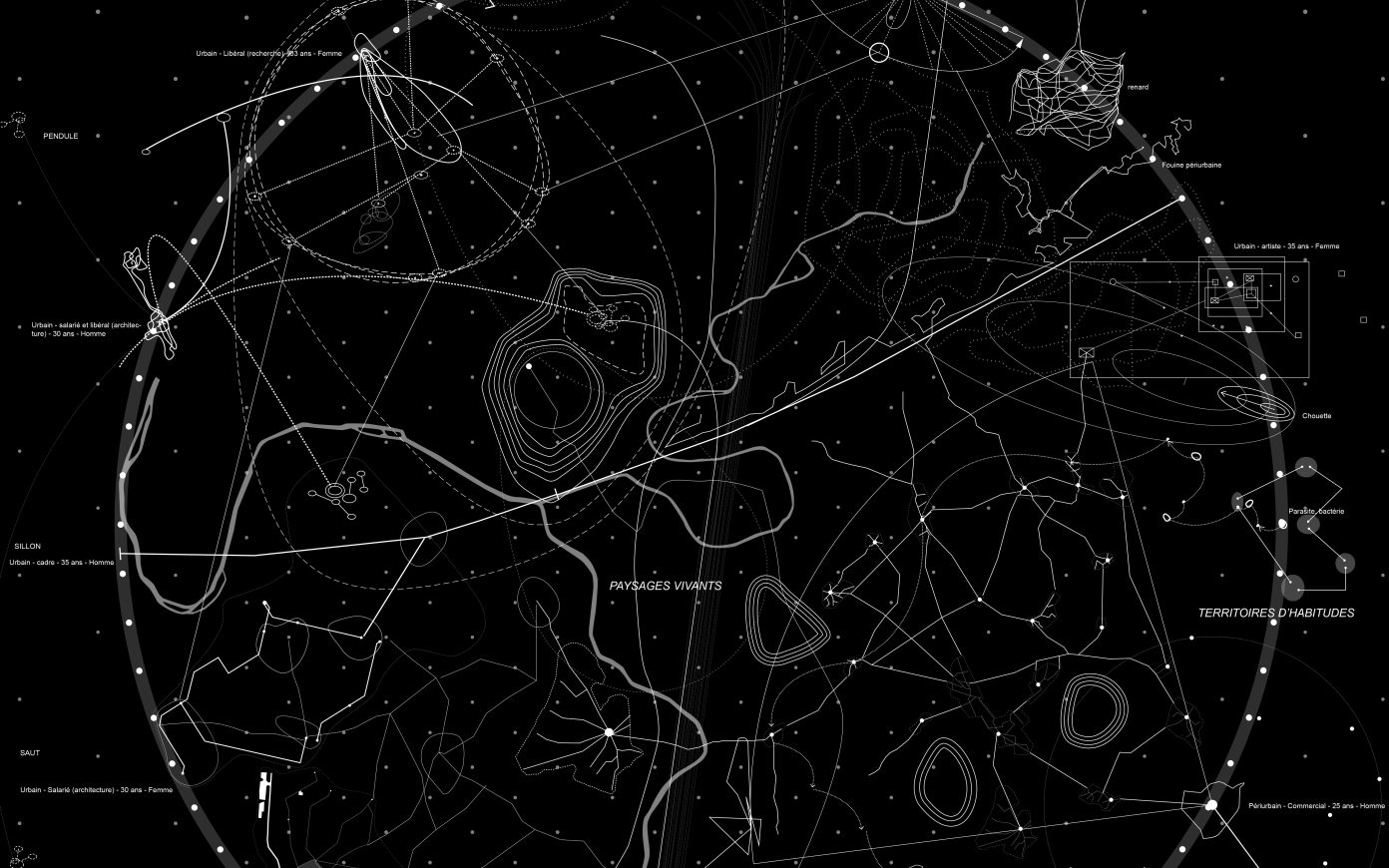Urban and digital convergence
Carlo Ratti is an architect and the director of the Senseable City Lab of the MIT, a research institute that develops tools through design and science to learn about cities. The internet of things allows us to manage urban systems in a more efficient way: waste, traffic, lighting, etc. The biological world is increasingly converging with digital and physical environments. As an expert of Open-Source architecture, Ratti explains how collaborative systems are essential tools to build the cities of tomorrow.
